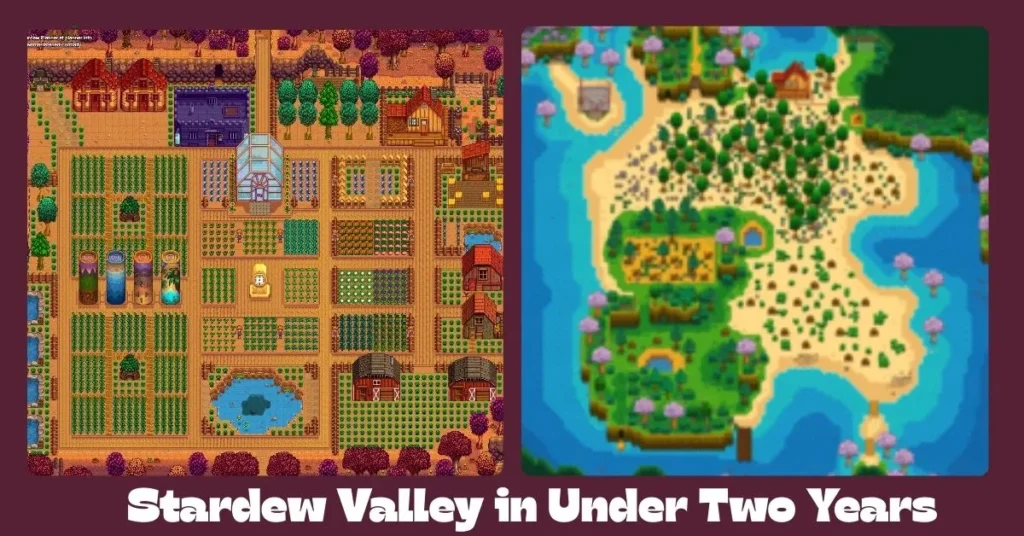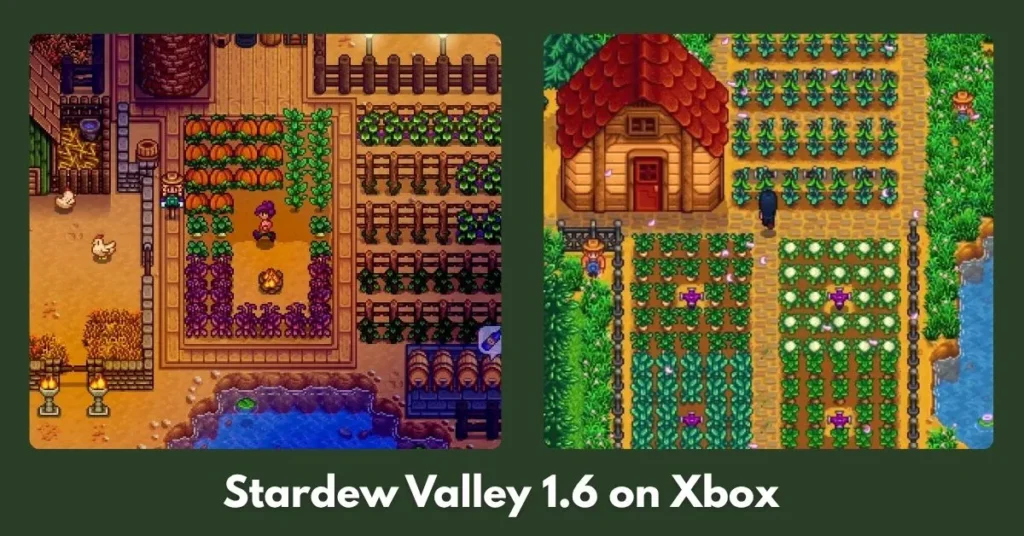The world of Stardew Valley is one of leisurely farming, friendly neighbors, and peaceful exploration. But for a specific, highly dedicated subset of the community, it’s a game of meticulous planning, ruthless efficiency, and a race against the clock. The ultimate question for these players is a formidable one: can two experienced players achieve 100% “perfection” in under two in-game years?
The short answer, as demonstrated by the Stardew Valley speedrunning community and notable content creators, is yes, it is possible, but it’s an incredibly difficult and rare feat. It requires a level of coordination, game knowledge, and a little bit of luck that the average player simply doesn’t possess.
What Does “100% Perfection” Actually Mean?
Before we dive into the “how,” it’s crucial to understand what the game’s Perfection metric entails. Perfection is a post-game goal introduced in the 1.5 update, tracked by the Perfection Tracker in Qi’s Walnut Room on Ginger Island. Achieving it requires a player to complete an extensive checklist of tasks, including:
- Shipping Every Item: One of every item in the “Items Shipped” collection tab must be sold.
- Monster Slayer Hero: All monster eradication goals for the Adventurer’s Guild must be completed.
- Master Angler: Catching every type of fish.
- All Cooking & Crafting Recipes: Cooking every recipe and crafting every item (excluding the Wedding Ring in multiplayer).
- Max Friendship: Reaching maximum hearts with every villager. This is one of the biggest time gates, as some villagers are only available in Year 2.
- All Stardrops: Finding all seven Stardrops.
- Level 10 in All Skills: Maxing out Farming, Mining, Foraging, Fishing, and Combat.
- Golden Clock & Obelisks: Building the expensive Golden Clock (10,000,000g) and all four Obelisks.
- Golden Walnuts: Finding all 130 Golden Walnuts on Ginger Island.
This list alone highlights the immense amount of time and effort required. To do it in under two years requires a flawless strategy from day one.
The “Pro” Player’s Strategy
For a two-player team to tackle this challenge, efficiency is the name of the game. Every day, every hour, and every resource is accounted for. Here’s a breakdown of the strategies they employ:
- Dividing and Conquering: This is the core advantage of a two-player team. Player 1 might focus on farming, mining, and making money, while Player 2 handles fishing, foraging, and building relationships. This simultaneous task completion drastically reduces the overall time.
- Rushing the Greenhouse & Skull Cavern: The Greenhouse is a major priority for growing valuable, all-season crops like Ancient Fruit or Starfruit. Similarly, the Skull Cavern is the primary source for iridium ore and other high-value items needed for late-game crafting and money-making. A “pro” run will see players rushing to unlock these areas in the first year.
- Optimal Crop & Kegging Strategy: Pro players don’t just plant whatever. They meticulously plan their crops to maximize profits, often focusing on high-yield, quick-turnaround crops in the early game and transitioning to Ancient Fruit and Starfruit wine in the mid-to-late game. The sheer amount of money needed for the Golden Clock is a huge hurdle that requires a massive, high-profit operation.
- Resource Management: Every resource, from wood and stone to iridium ore and bug meat, is carefully managed. One player might spend a day clearing trees and rocks while the other is in the mines, ensuring a constant flow of materials.
- Relationship Min/Maxing: Gifting is a daily routine. Players will research each villager’s “loved” gifts and have a constant supply ready. Special attention is paid to birthdays, which offer a massive friendship boost.
Why It’s So Hard: The Luck Factor
Even with a perfect plan, a two-year Perfection run isn’t guaranteed. Stardew Valley has several random elements that can make or break a speedrun:
- Traveling Cart RNG: Some items required for the Community Center or crafting are rare and only appear at the Traveling Cart. If the right items don’t appear in the first year, it can significantly delay progress.
- Artifact & Geode Drops: Collecting every artifact for the museum is a grind. Certain artifacts have extremely low drop rates and can take an in-game year or more to find, even with a strong mining routine.
- Weather & Luck: While players can use luck-boosting foods and check the TV, a string of bad luck days can slow down fishing, mining, and combat.
- The Red Cabbage: This is a classic hurdle for Year 1 Community Center completion. The Red Cabbage is not sold at Pierre’s General Store until Year 2, and while it can be found at the Traveling Cart in Year 1, getting it is entirely up to chance.
Conclusion
So, can two “pros” 100% Stardew Valley in under two years? Yes, with an intense level of strategic planning, a full-time commitment to the game’s mechanics, and a favorable dose of luck. The challenge is less about a casual gaming session and more about executing a meticulously crafted plan under pressure.
For the rest of us, simply getting Perfection at all is a significant accomplishment, a testament to the game’s depth and enduring charm, regardless of how many in-game years it takes.
Frequently Asked Questions.
What is the main time gate for a two-year Perfection run?
The single biggest time-gate is earning the 10,000,000g needed for the Golden Clock. This requires a highly optimized and profitable farm, often centered around starfruit or ancient fruit wine. The other major hurdle is the sheer number of different tasks that must be completed.
Is it easier to get 100% in multiplayer?
Yes, in many ways. The ability to divide tasks and have two players earning money and collecting resources simultaneously is a huge advantage. One player can be mining while the other is farming, effectively doubling the efficiency of each in-game day.
Can a solo player achieve this in under two years?
It is theoretically possible but significantly harder and even more dependent on luck. The player would have to be incredibly efficient with their time, micro-managing every day to an extreme degree. It is generally considered a challenge for only the most dedicated and skilled speedrunners.



